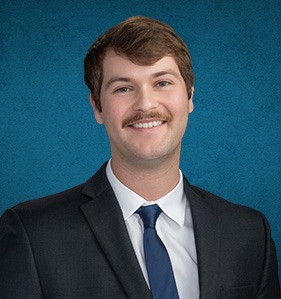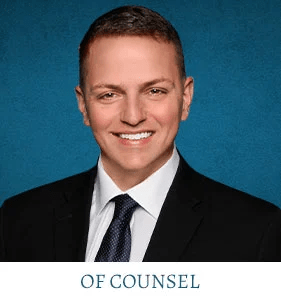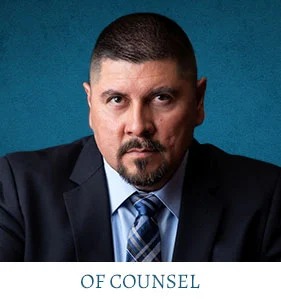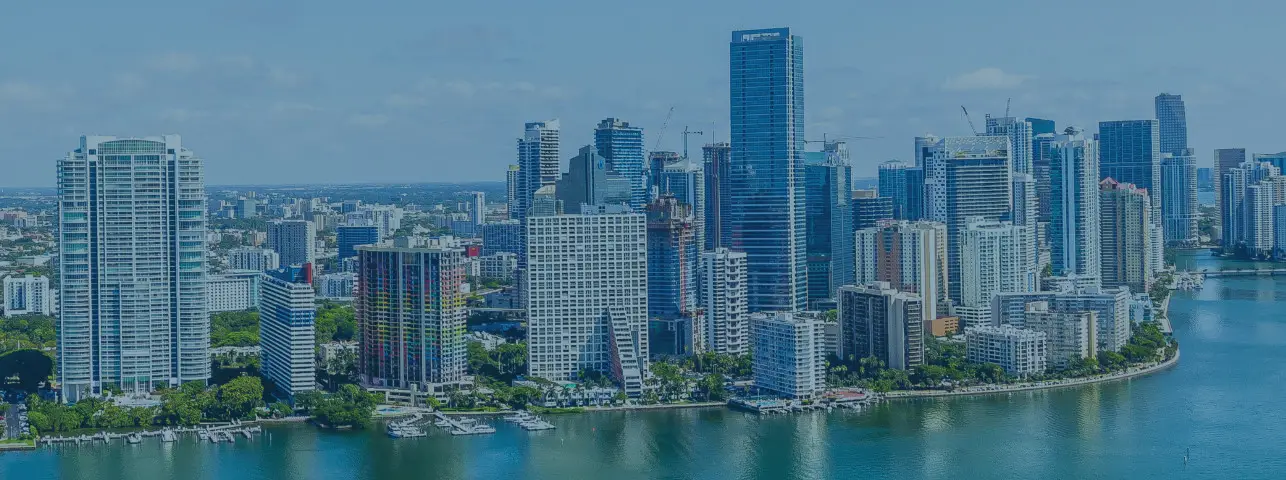CALL (800) 863-5312 TO SPEAK WITH AN EXPERIENCED ROSWELL MOTORCYCLE ACCIDENT LAWYER
Motorcycles have become integrated into American culture, with almost 55,000 bikes registered in New Mexico alone. They are no longer just for the rebellious spirits. Environmentalists and those looking to save some money can also appreciate the higher gas mileage compared to other vehicles. However, motorcycle accidents can be particularly serious, and those who have been in an accident may want to speak with Roswell motorcycle accident lawyers to learn whether they can recover for such an accident. If you are the victim of a Roswell motorcycle accident, call a Roswell personal injury lawyer at (800) 863-5312 to receive a free case evaluation and learn about your options with Zinda Law Group.
Roswell Motorcycle accident resources
New Mexico’s Motor Vehicle Division website includes its primary motorcycle helmet law as well as a link to a helpful brochure compiled by the New Mexico Department of Transportation Traffic Safety Bureau and the University of New Mexico School of Law.
The brochure contains New Mexico’s motorcycle laws, safety tips, registration information, and licensing information. The laws and safety tips can help show the level of care that the motorcyclist took and can help establish who was at fault for the accident.
If you were the motorcyclist and you can show that you followed all of the appropriate laws and guidelines, then you have evidence that you were not at fault. If the person who caused the accident that injured you was operating a motorcycle, these laws and guidelines might reveal where the motorcyclist went wrong. A Roswell lawyer can help you apply the facts of your case to New Mexico’s laws to show why you deserve to get compensated.

John (Jack) Zinda
Founder / CEO
Over 100 years of combined experience representing injured victims across the country.
Available 24 / 7|Free ConsultationNew Mexico Motorcycle laws
While we expect all motorists to follow traffic laws (stopping for a red light, driving at or below the speed limit, etc.), there are special rules for motorcyclists to ensure their safety and the safety of other drivers. The laws pertain to not only what motorcyclists must wear but also their mandatory qualifications.
A motorcyclist’s responsibility does not stop at the rules explicitly stated in New Mexico’s written law. There is also the common law of negligence that all motorists must follow.
Negligence is the legal theory upon which many victims of motorcycle accidents file their lawsuits. To prove negligence, the victim must show that the defendant owed the victim a duty of care, that the defendant breached the duty of care, that the victim sustained a compensable injury, and that the defendant caused the victim’s injury. A victim can use evidence relating to New Mexico’s motorcycle laws and common safety procedures to show that the victim took the proper amount of care while driving and that the defendant did not.

Neil Solomon
Partner
Real results matter. We do not get paid unless we win your case.
Available 24 / 7|Free ConsultationSafety Gear for Riders
Speaking of duty, motorcyclists have a duty to adequately protect themselves and mitigate any damage from an accident. New Mexico has two laws regarding the gear that motorcyclists must wear while riding. First, if the person operating the motorcycle does not have a fixed windshield of the correct type, then he or she must wear some kind of eye protection—whether that is a helmet with a face shield, goggles, or safety eyeglasses. The eye protection or windshield must be regulation approved.
Second, motorcycle operators and passengers of the age 18 or younger must wear helmets. The helmet must be secured on the operator or passenger’s head correctly and must be of the type approved under the regulations. Further, no one may rent or lease a motorcycle to someone age 18 or younger unless that person can show the dealer that he or she has the appropriate protective gear.

Jason Aldridge
Attorney
Standing by 24 hours a day, 7 days a week ready to answer in your time of need.
Available 24 / 7|Free ConsultationSafety Gear for Motorcycles
Not only must the rider and passengers wear the correct safety gear, but the motorcycle itself must be properly equipped to protect those on the motorcycle and other vehicles. Motorcycles must have headlights that are positioned at a particular height and must have at least two brakes that can be operated by hand or foot.
Also, the motorcycle must be able to make a 90 degree turn in a circle with a radius of 14 feet. If there is evidence that the motorcycle cannot successfully complete such a maneuver, it is prima facie evidence that the motorcycle is unsafe to ride. A peace officer can request the operator of a motorcycle to make that maneuver to test the safety of the motorcycle.

Cole Gumm
Attorney
We are here to ensure you won’t have to face this difficult time alone.
Available 24 / 7|Free ConsultationLaws Regarding Passengers and Passenger Vehicles
There are also laws regarding the passengers on motorcycles. No one is allowed to ride anywhere on a motorcycle that is not a designated seat, and a passenger may not share a seat with the operator unless the seat was designed for two people. Everyone on the motorcycle must have his or her feet on footrests.
If a motorcyclist wishes to load a passenger vehicle with cargo and tow it with a motorcycle, the load cannot extend too far over the sides of the passenger vehicle.
Licensing
No person is allowed to drive a motor vehicle, electric car, or moped on a highway unless that person has a valid license. However, there are a few exceptions to the rule. Importantly, the driver of an off-highway motorcycle does not have to be licensed.
This brochure also lists the age requirements for licensure and details the requirements and permissions regarding learner’s permits and provisional licenses as well as instructions for motorcycle driving education programs. New Mexico’s law states that “[f]irst-time applicants for a motorcycle license or an endorsement on their New Mexico driver’s license may be required to complete a motorcycle driver education program as prescribed by the rules and regulations of the bureau.” A motorcycle driver education program must instruct drivers on helmet use and effectiveness, motorcycle accident and fatality statistics, drug and alcohol abuse information, street and highway safe driving habits, and defensive driving.
Registration
Motorcyclists must also have the correct registration plates. People who have significant mobility limitations may have distinctive registration plates, aswell as people who are veterans of the armed forces. No one should have a distinctive registration plate without being approved for one.
Traffic Laws
Motorcycles are much smaller than cars and you may have seen some make maneuvers that would be unthinkable in a larger vehicle. Such maneuvers include lane sharing and lane splitting. Lane sharing occurs when two motorcycles ride side by side in a lane and is typically permitted. It is typically not permitted for motorcycles to share a lane with vehicles other than other motorcycles.
Lane splitting occurs when a motorcyclist drives between two cars in adjacent lanes. Lane splitting is not permitted in New Mexico. Motorcyclists should strive to keep distance between themselves and other vehicles because they are not as visible as other vehicles, and lane splitting defeats this purpose. Lane splitting is allowed in California, however, because the pros of the time saved by motorists outweigh the cons of the unsafe conditions it brings about, and California has been allowing lane splitting for years.
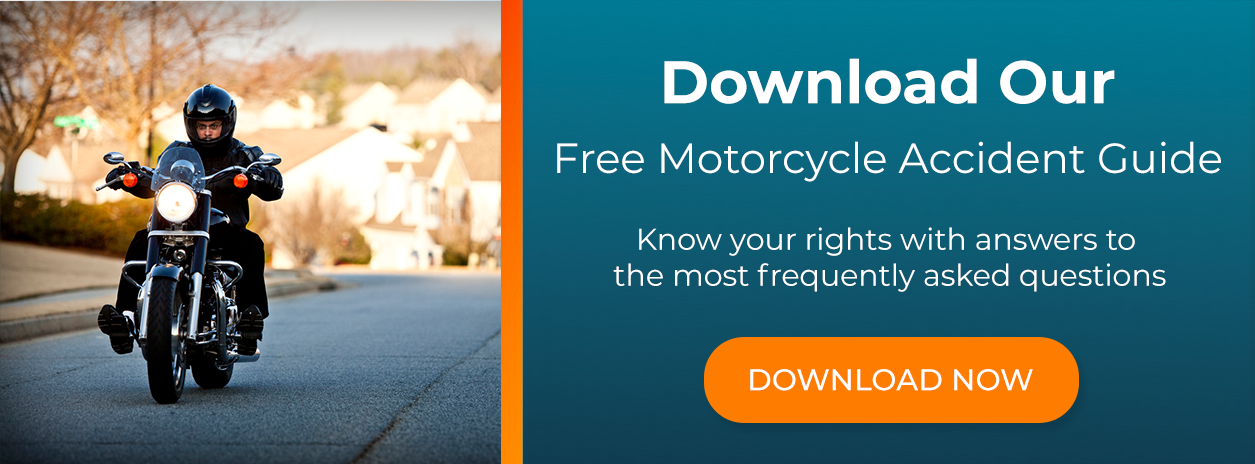 hbspt.cta.load(21715417, ‘bf378c0d-ed18-4d51-9527-b235910f44b8’, {“useNewLoader”:”true”,”region”:”na1″});
hbspt.cta.load(21715417, ‘bf378c0d-ed18-4d51-9527-b235910f44b8’, {“useNewLoader”:”true”,”region”:”na1″});

Jason Aldridge
Attorney
We have successfully represented clients in a wide variety of cases across the country.
Available 24 / 7|Free Consultation









